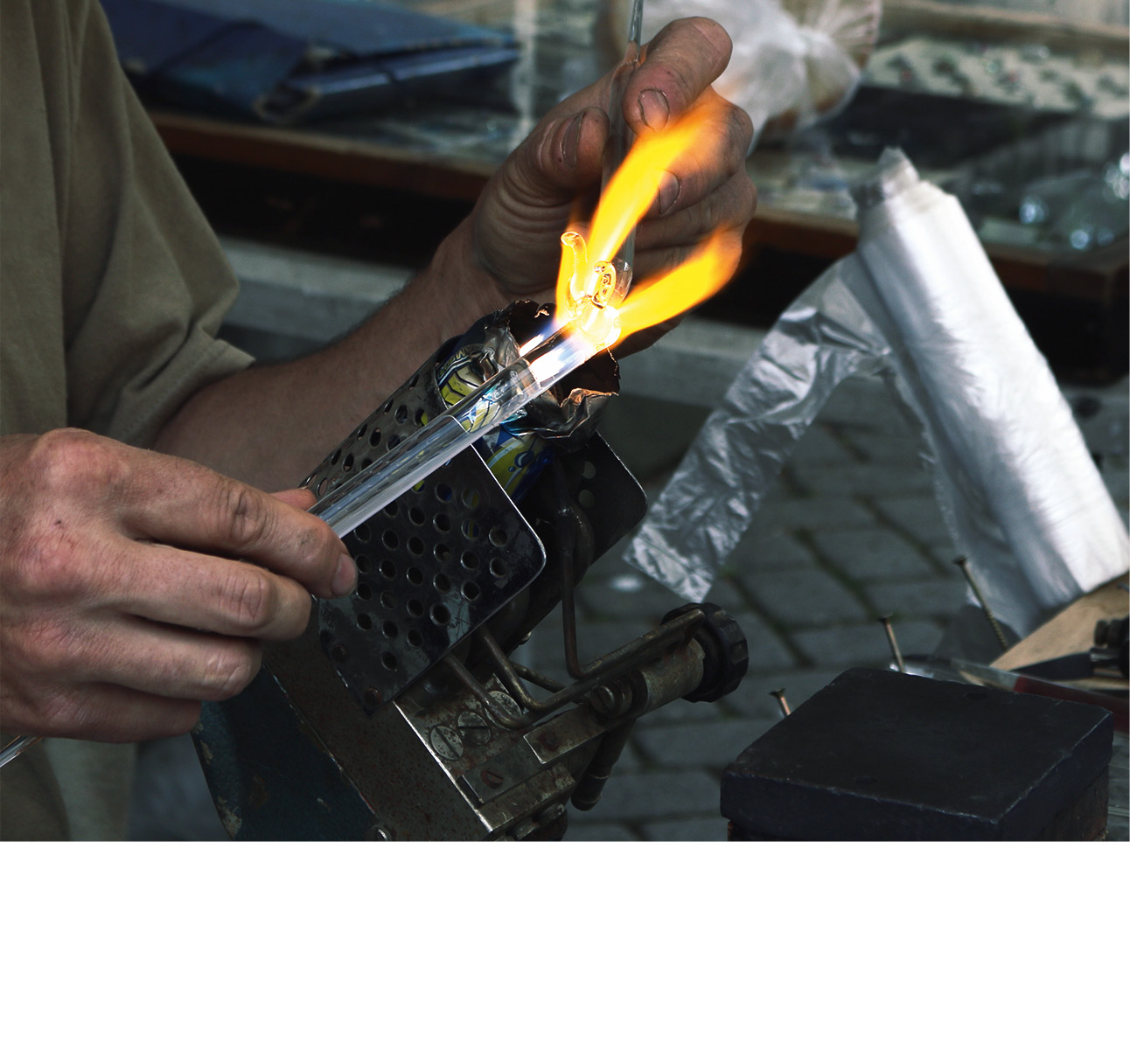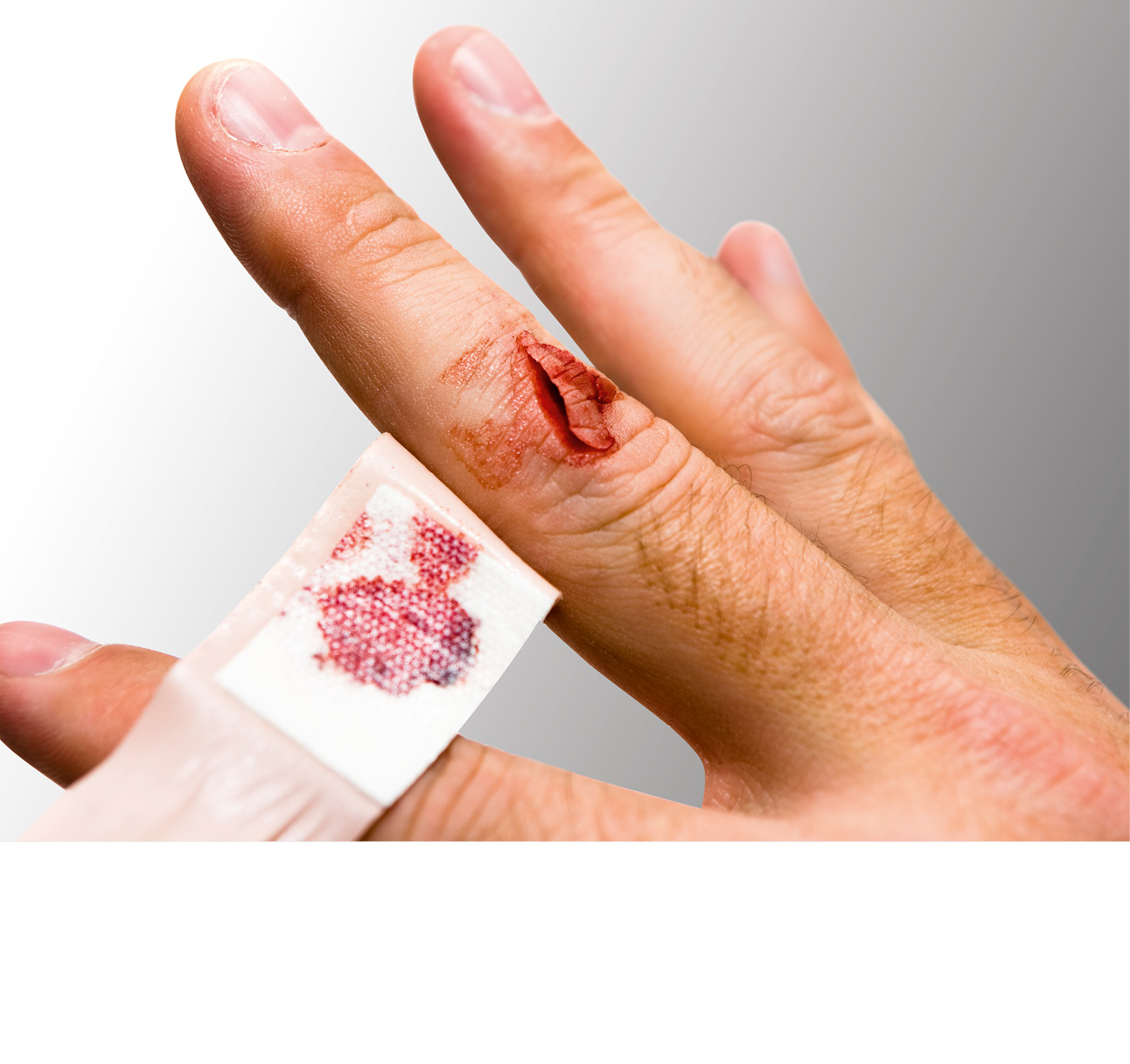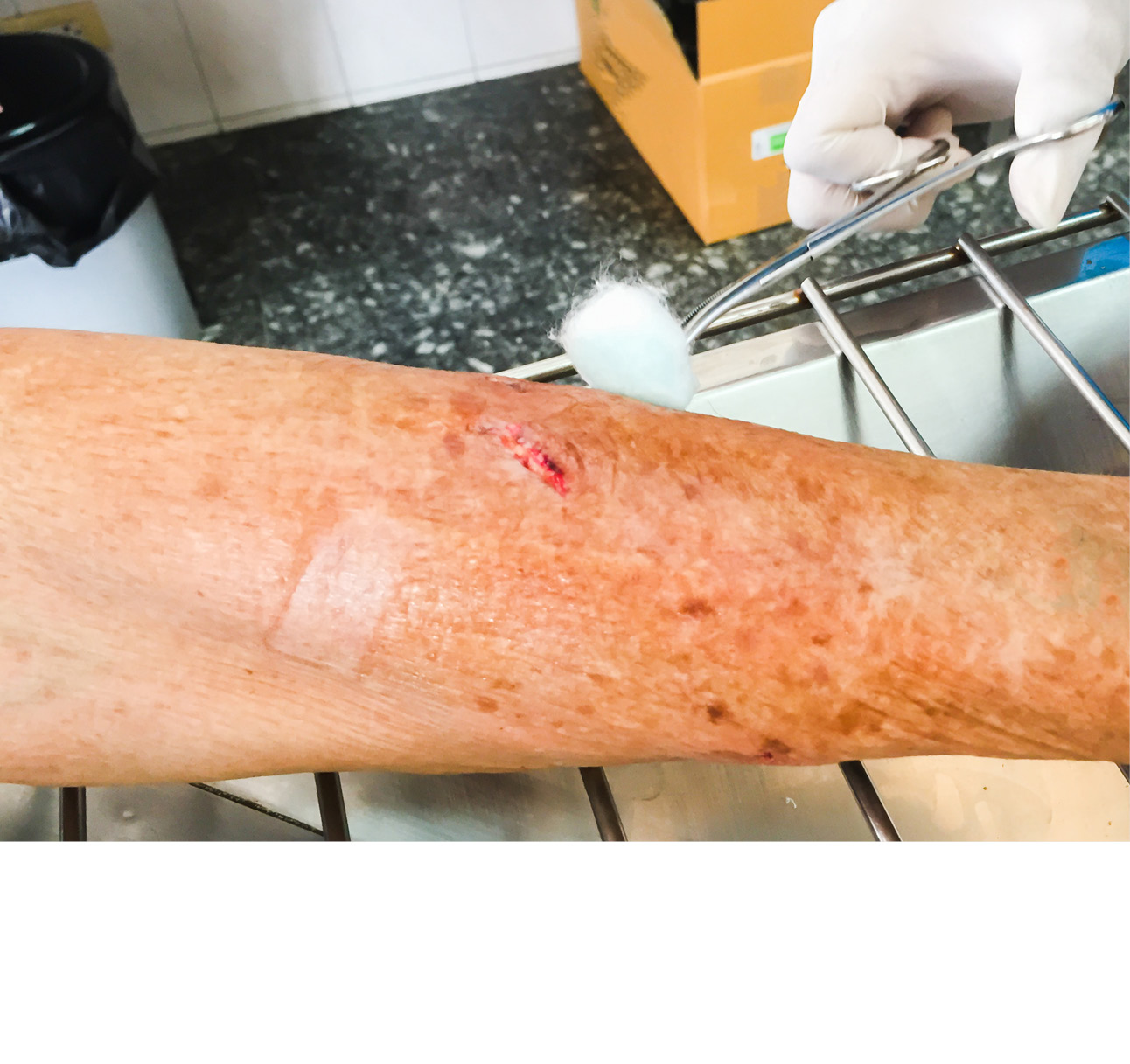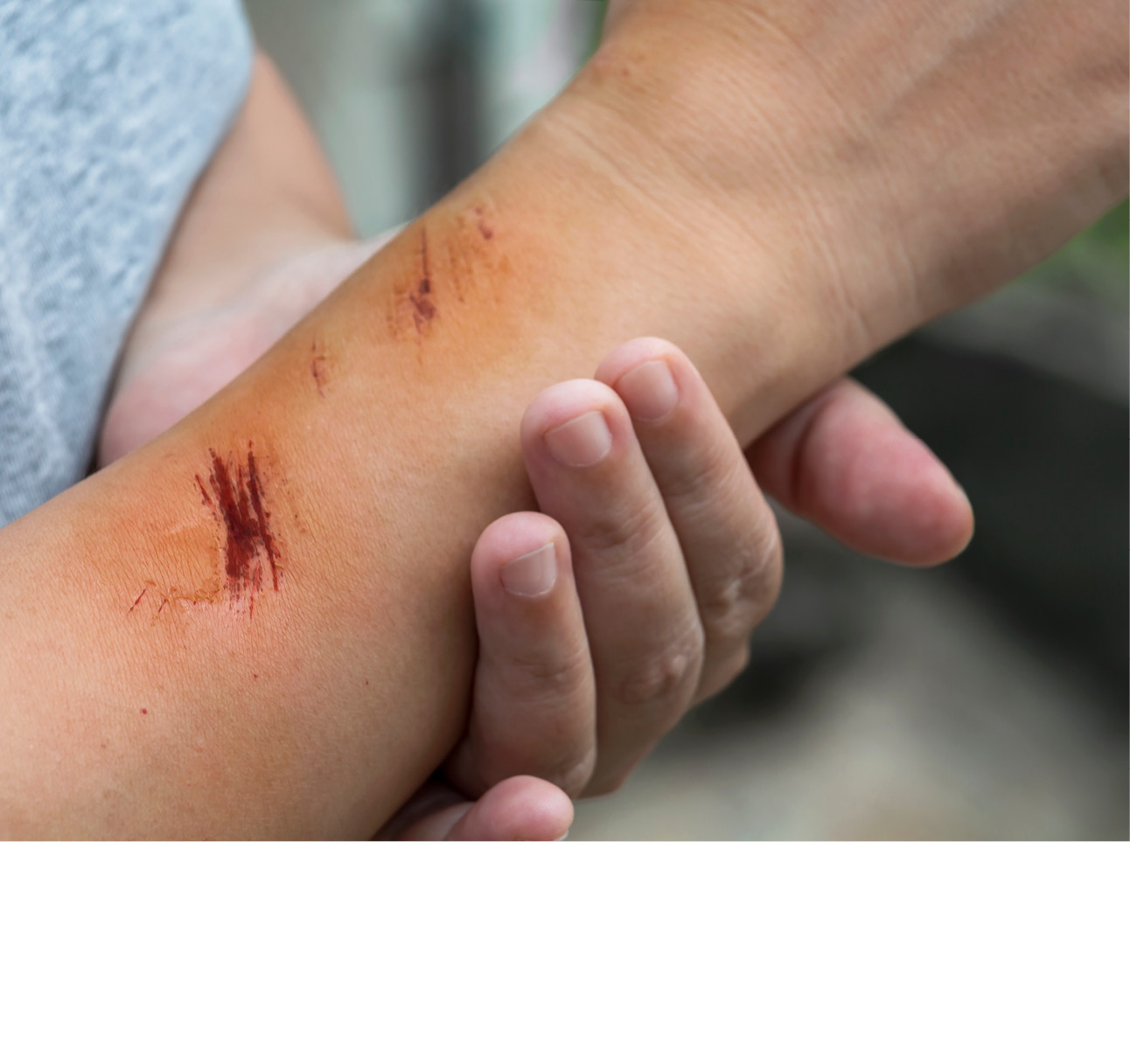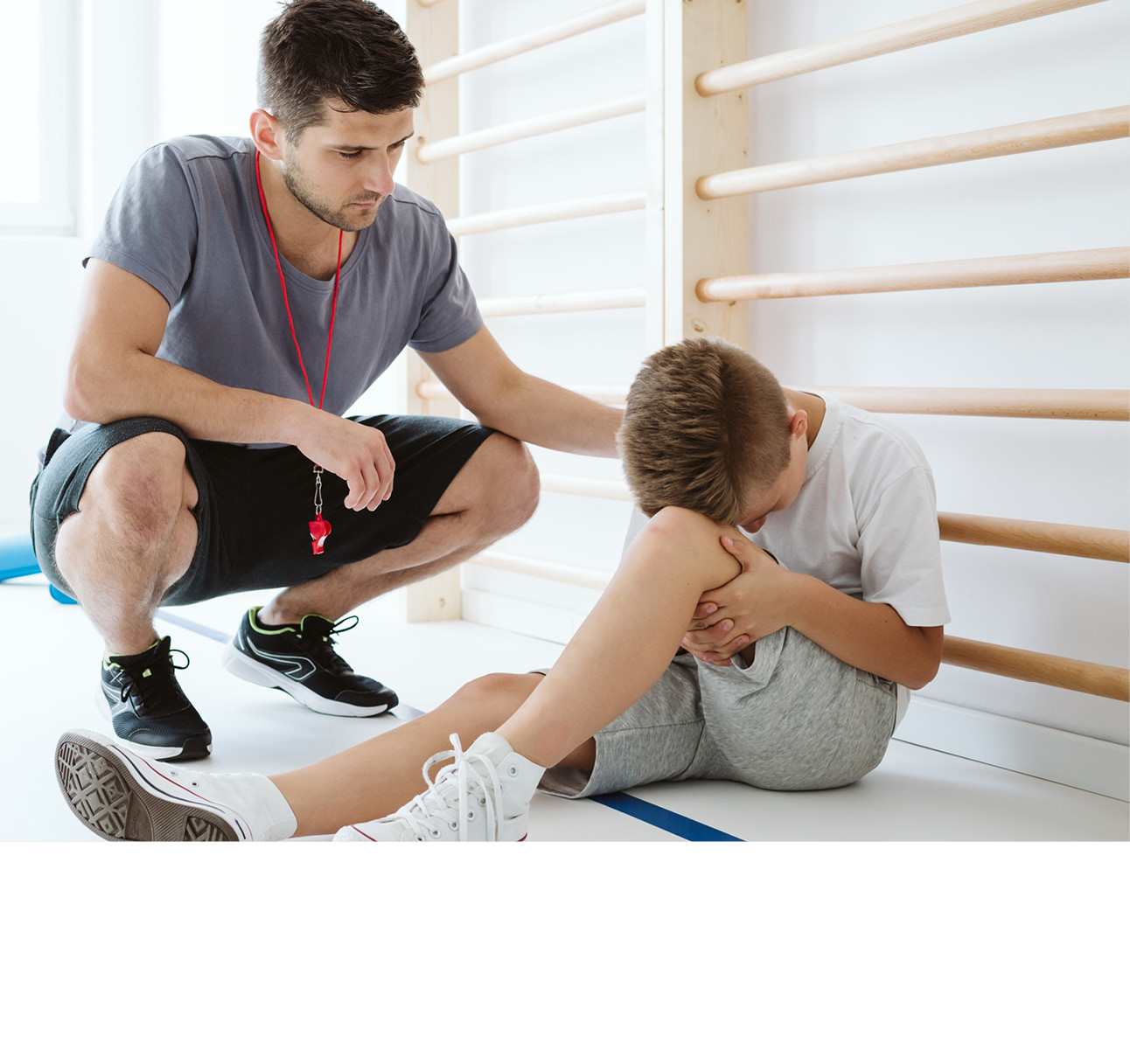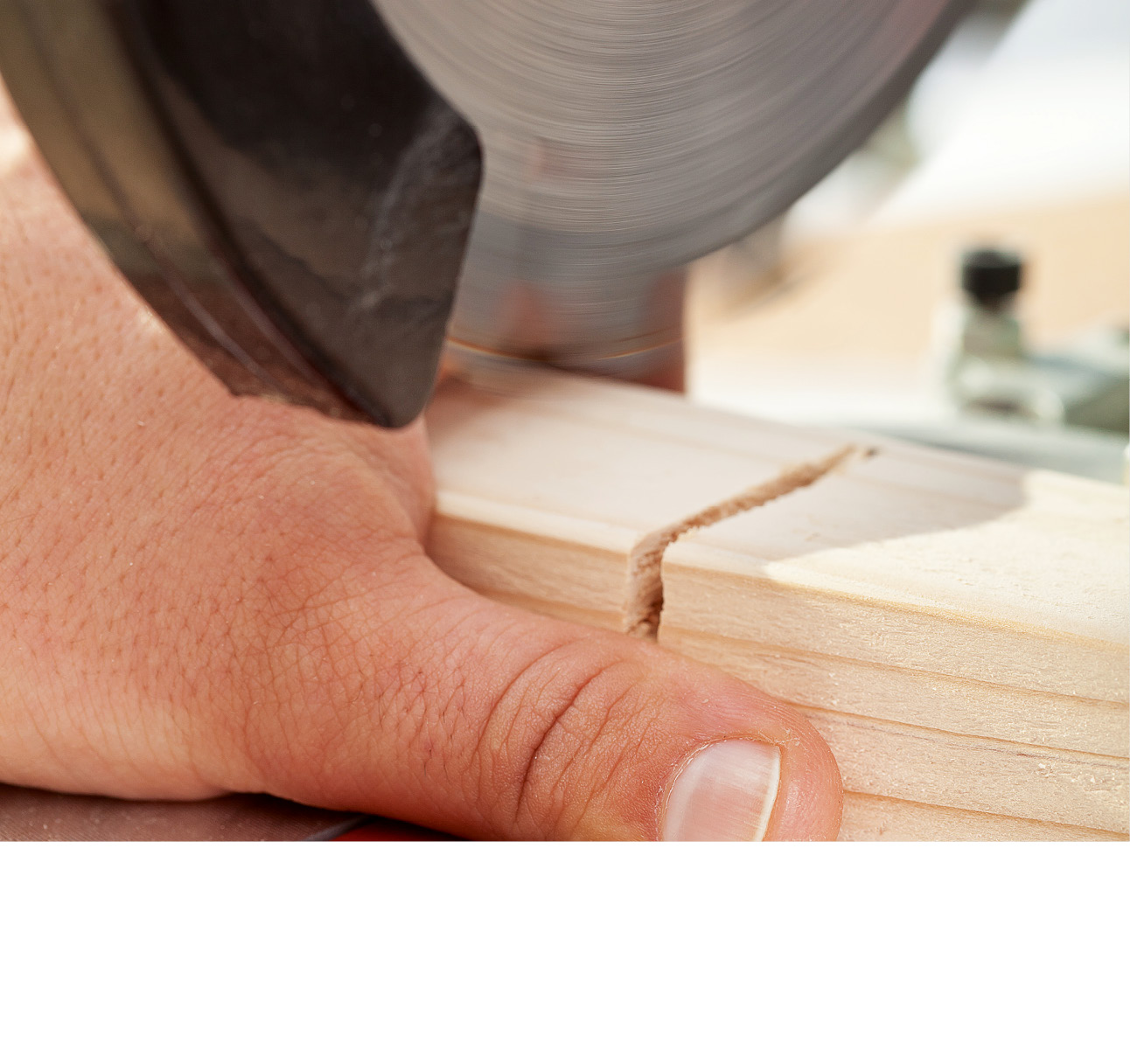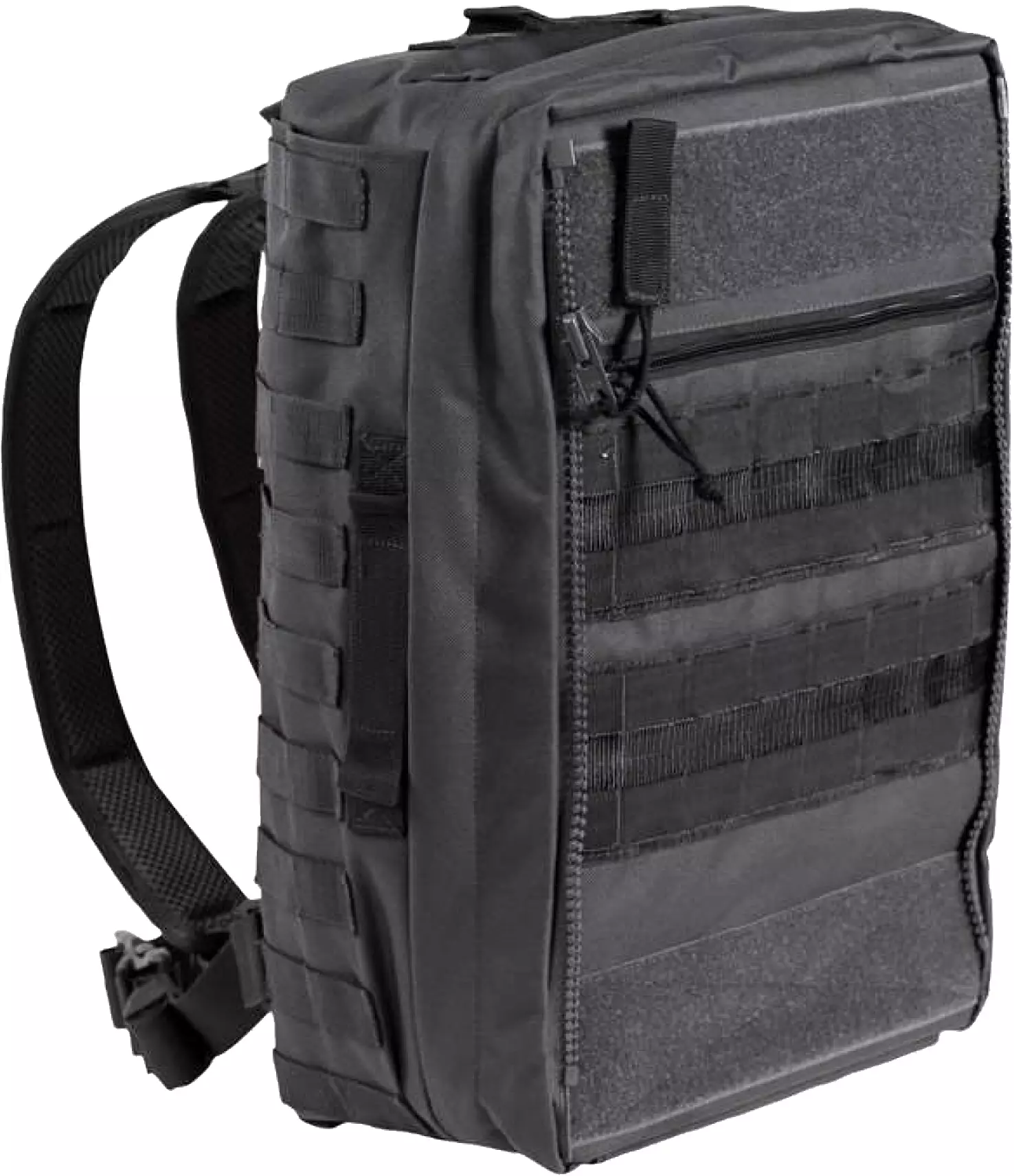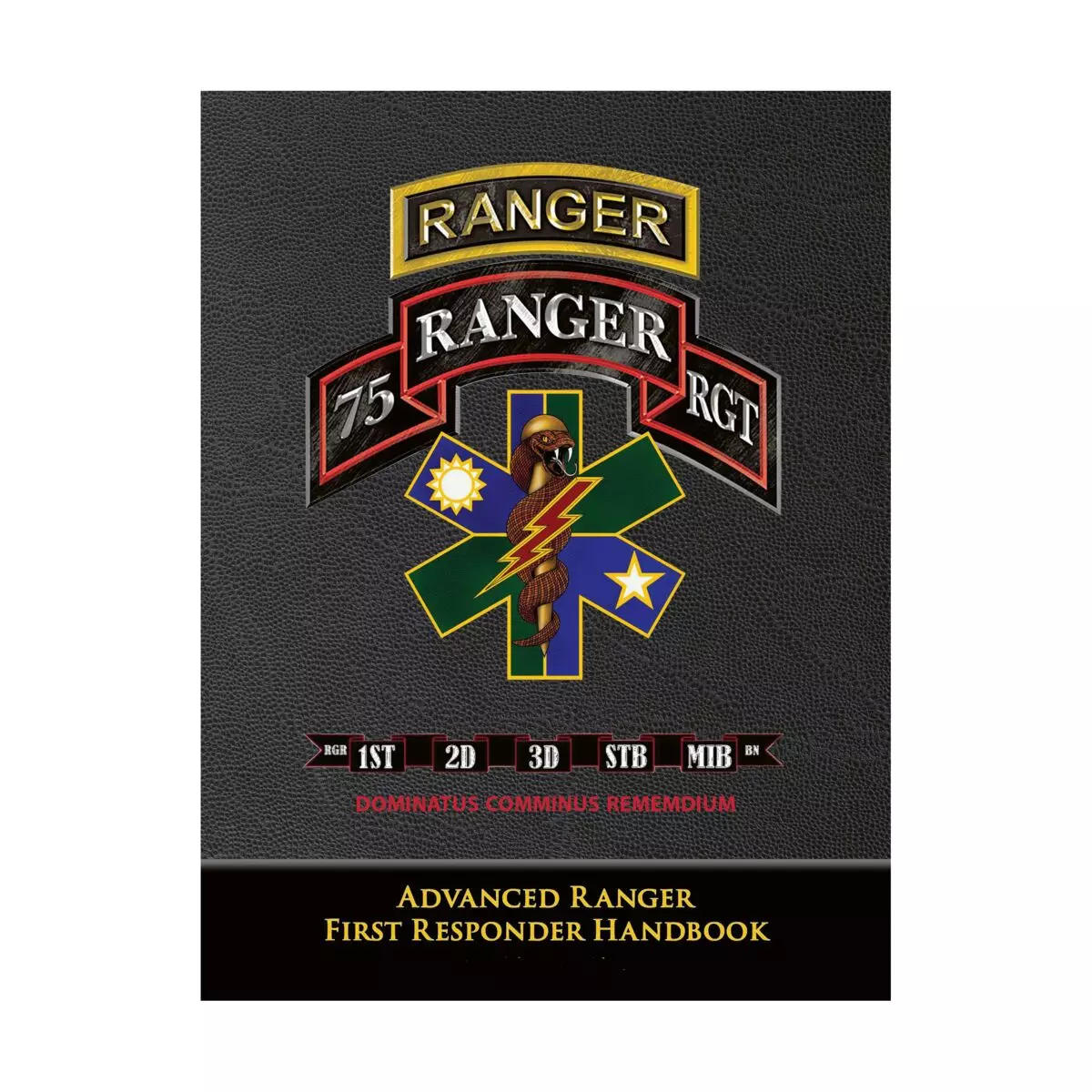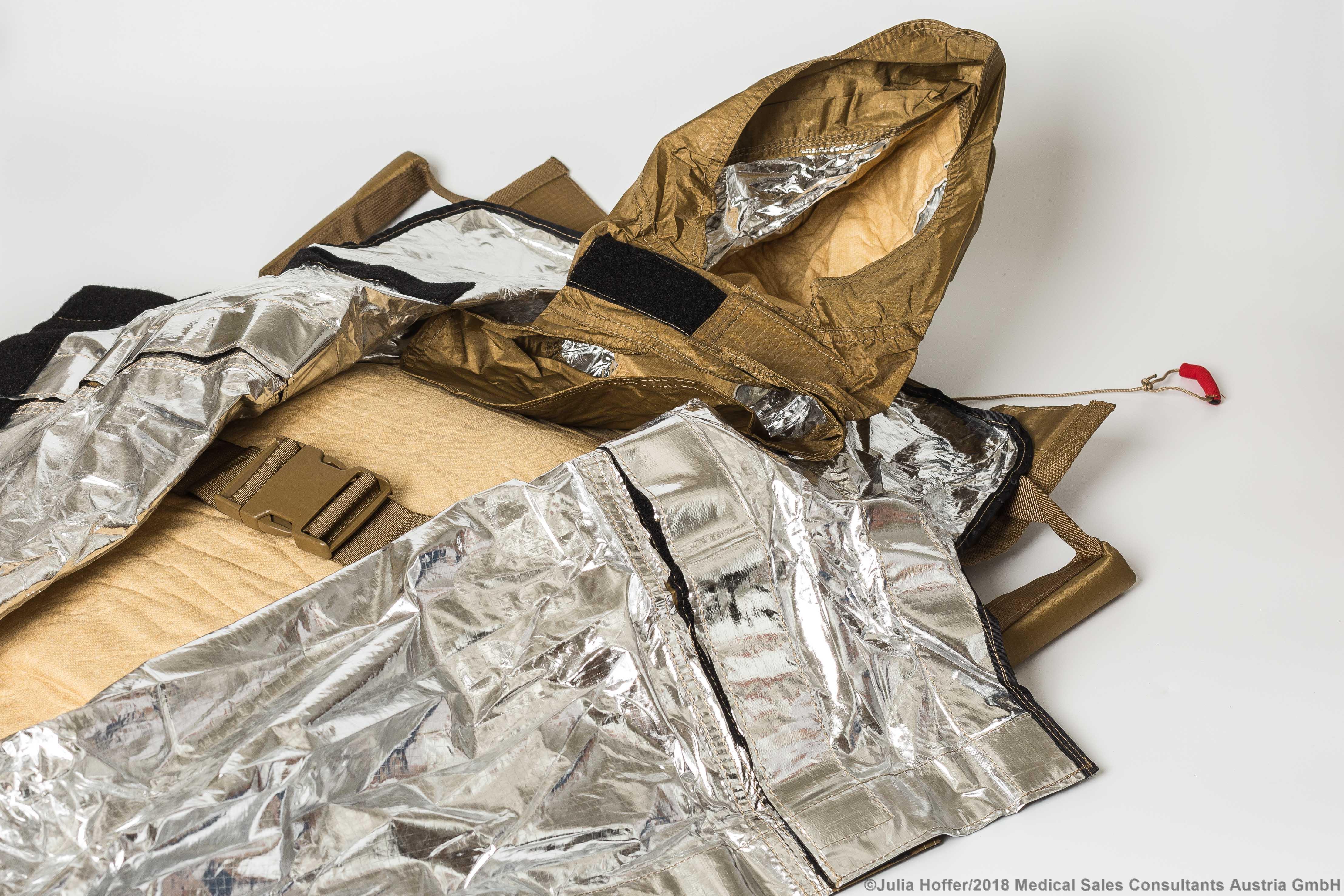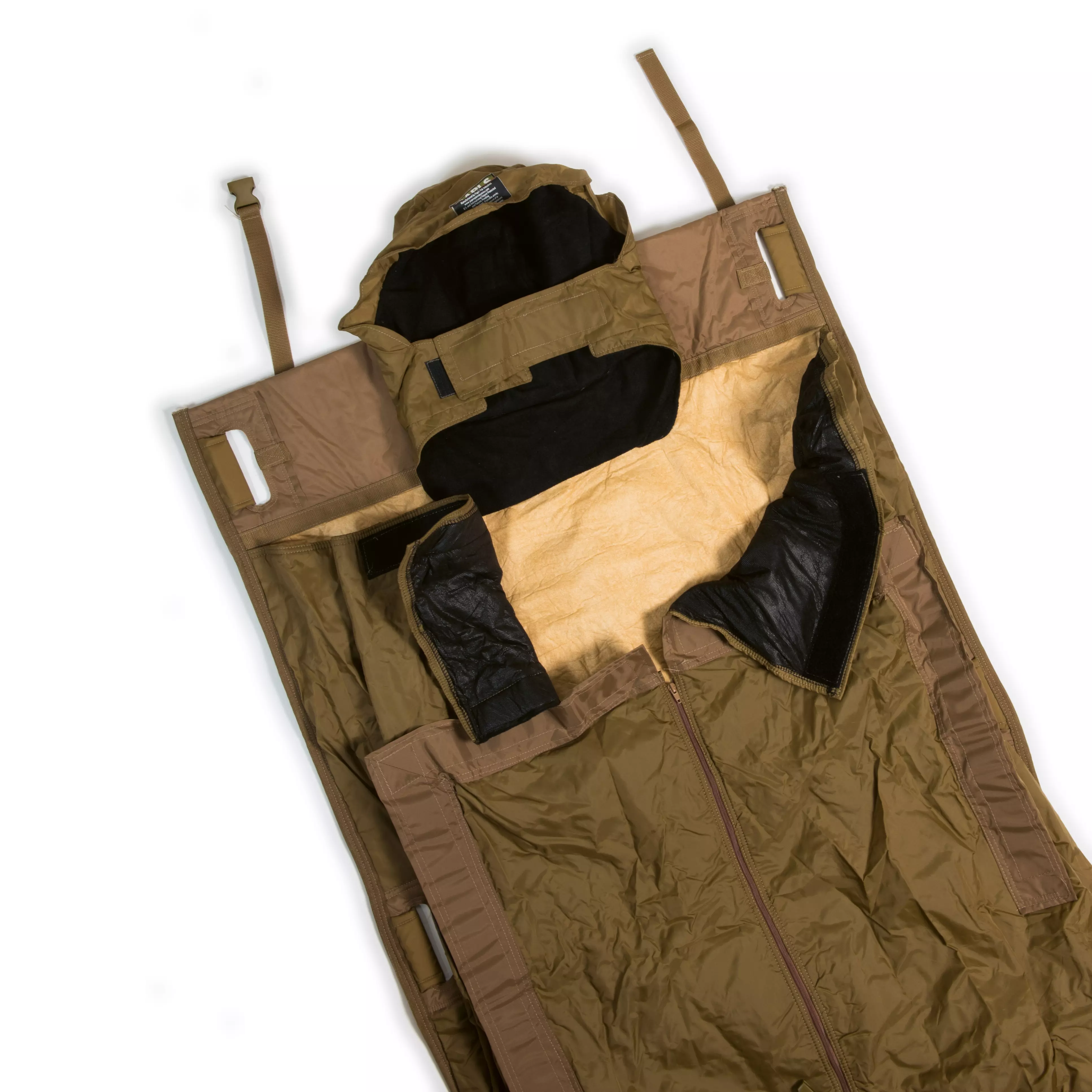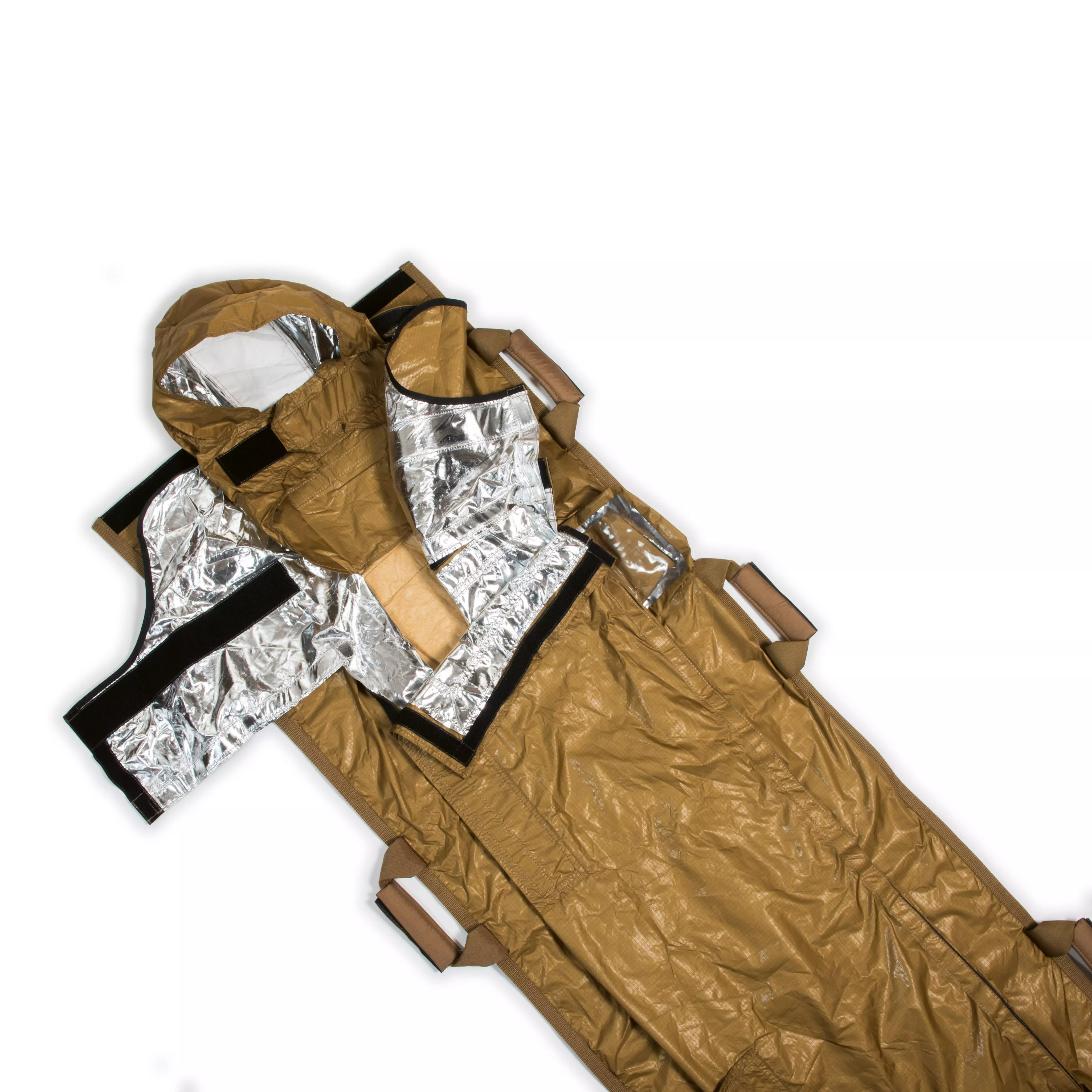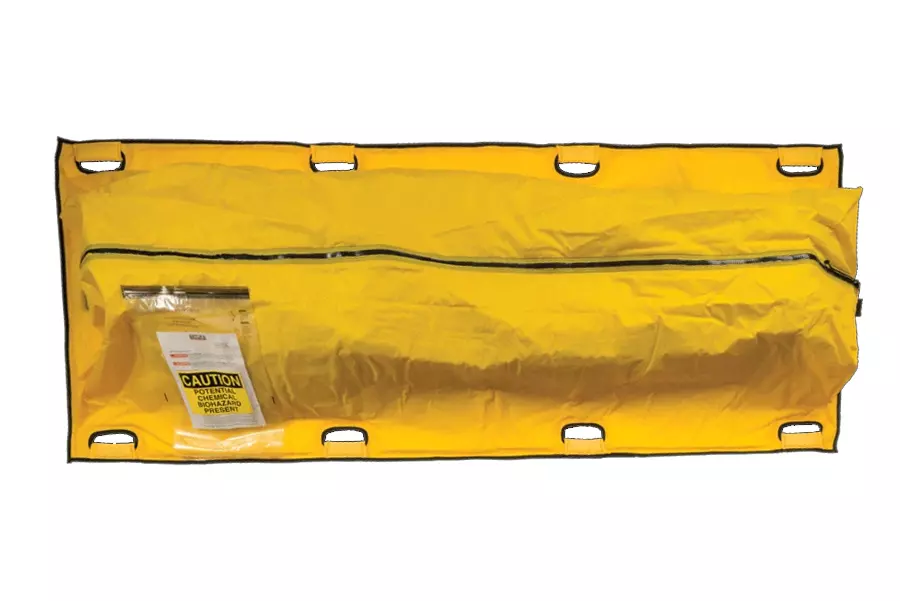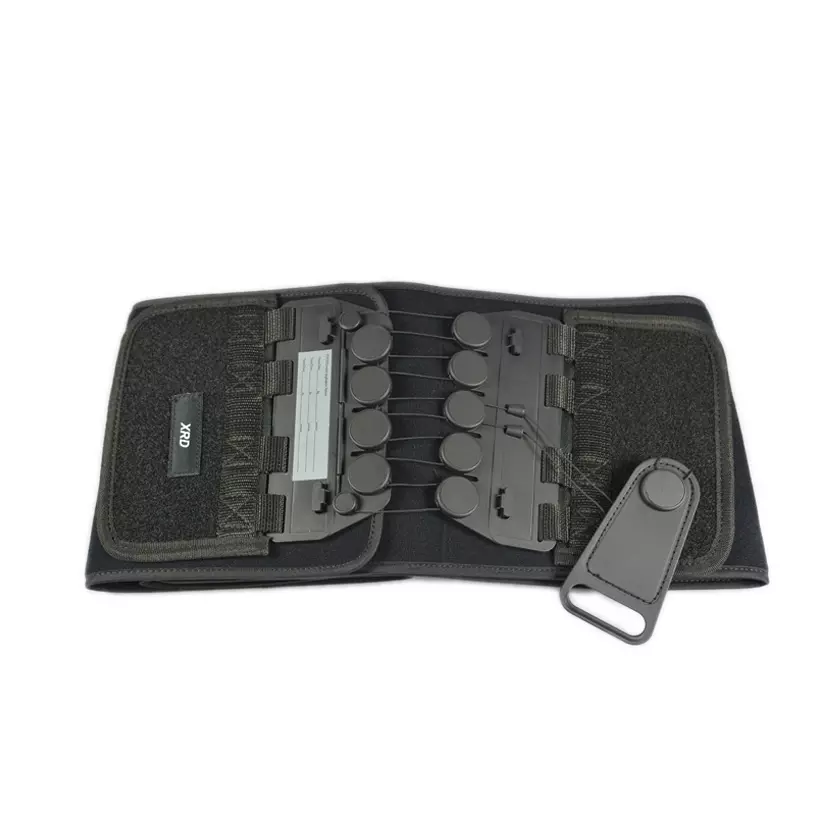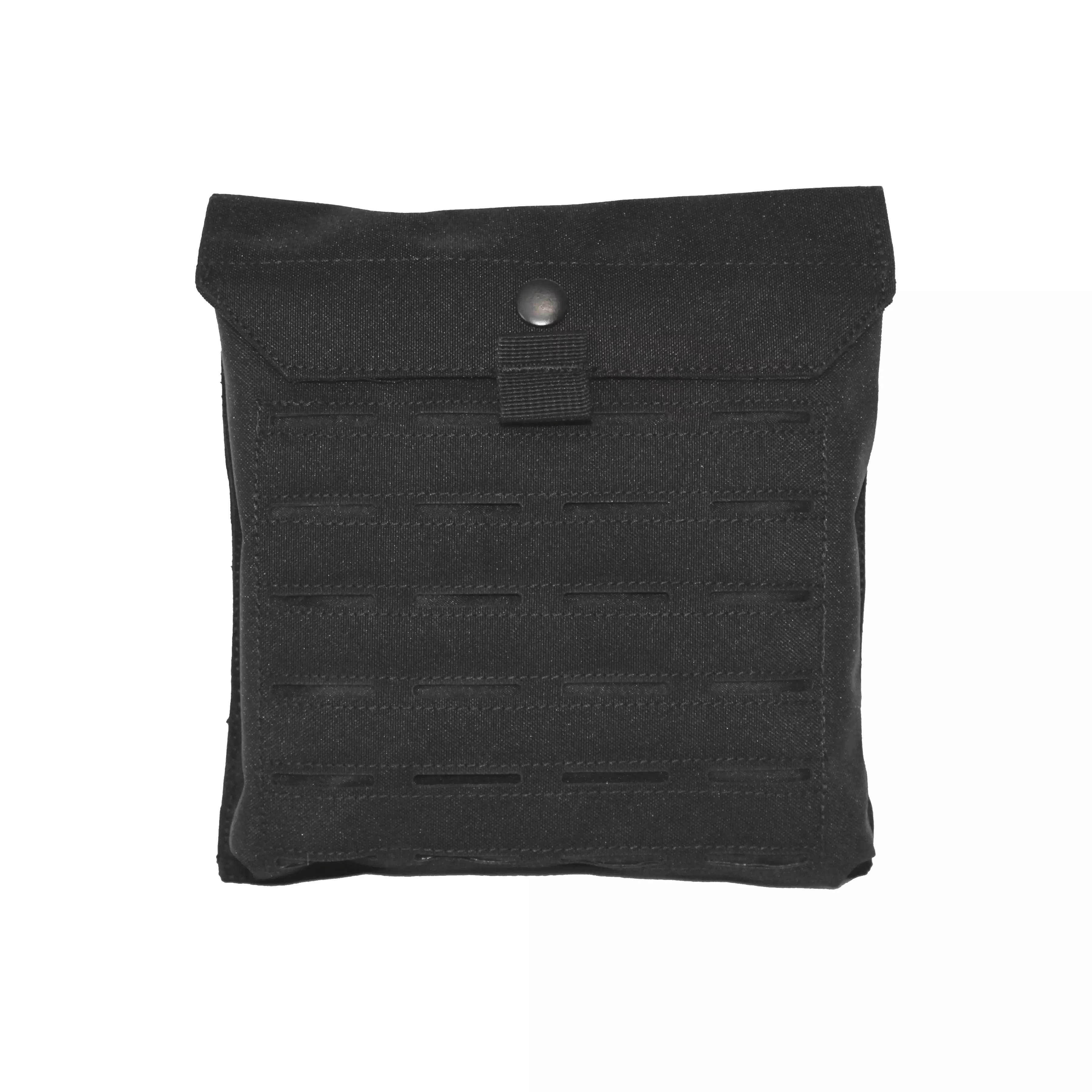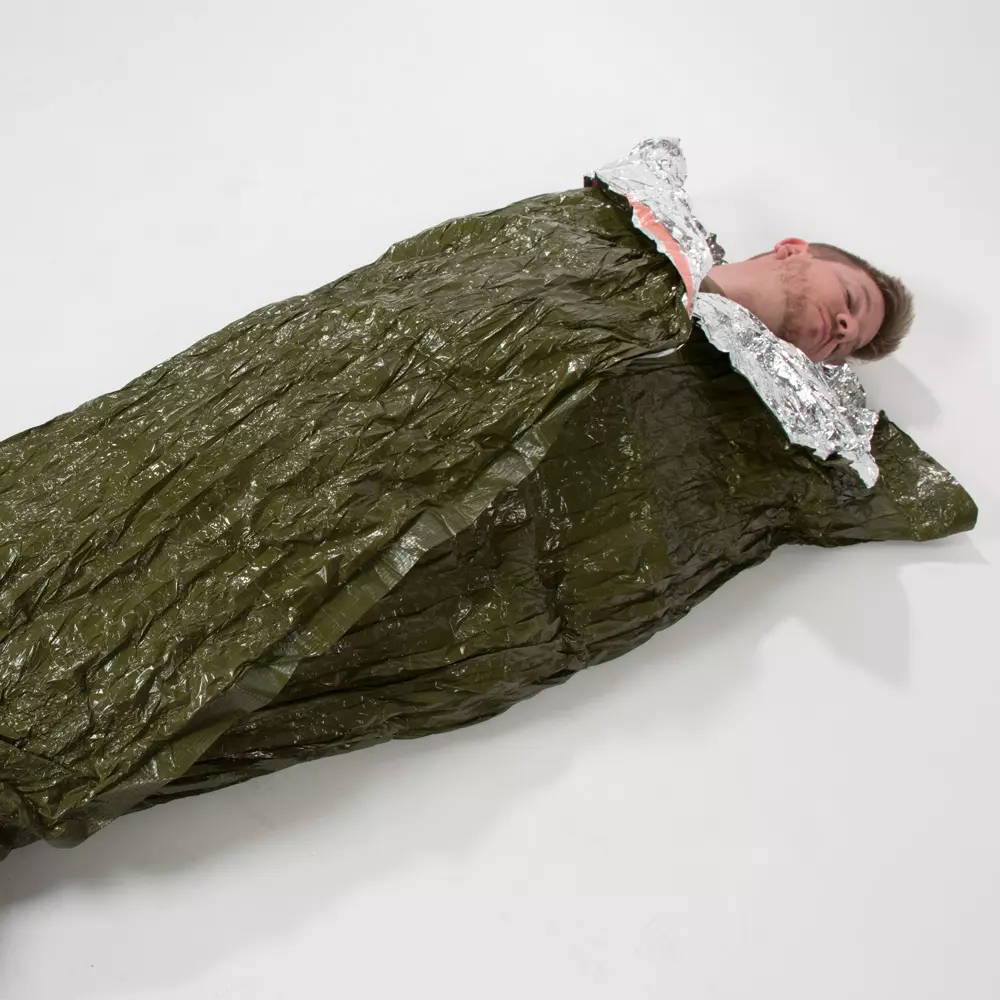Injuries
When is an accident at work considered to have occurred?
An accident at work, also known as an occupational accident, is an accident that happens to the employee on the way to work, also known as a commuting accident, or during working hours on the company premises - i.e. that occurs in direct connection with the insured activity. This also distinguishes it from leisure accidents. These occur in the personal sphere of the accident victim. The Occupational Health and Safety Act (ArbSchG), the Occupational Safety Act (ASiG) and the Social Code SGB VII "Statutory Accident Insurance" form the legal core in the event of an accident at work.
What criteria must be met for an accident at work to be recognised?
- There must be an insured activity
- Dhe accident at work must result in damage to health
- The accident must have had an external effect on the body of the injured person
When does an accident at work have to be reported?
Notifiable accidents occur when an insured person is injured or even killed as a result of an accident. In the event of an injury, this must result in an inability to work for more than three days. The employer is then obliged to report the accident to the accident insurance institution. In the case of serious injuries, the occupational health and safety department of the relevant state authority must also be informed.
What measures should be taken in the event of an accident at work?
- Provide first aid and make an emergency call If the accident has occurred at work, the company's internal reporting chain should be activated immediately and, depending on the severity of the injury, the emergency services should be called.
- documentation in the first aid book All accidents and injuries in the workplace must be documented: In addition to the physical reporting pad, WERO has designed a digital first-aid book. This makes it easier to make entries, eliminates the need for physical filing and other work steps and also complies with the GDPR.
- Consult an emergency doctor If the injury is not so serious that the person concerned needs to go to hospital, an emergency doctor will be called in. This is a medical expert who specialises in accidents at work.
- Reportingan accident at work The statutory accident insurance provider of the respective company decides whether an accident is categorised as an accident at work. HR management must submit the accident report in the form of a written accident report . The commercial employers' liability insurance association is responsible for private commercial enterprises, the agricultural employers' liability insurance association is responsible for agriculture and forestry, and the public sector accident insurance provider is responsible for the public sector and social institutions.
- check entitlement to injury benefit Injury benefit is paid in the event of incapacity for work as a result of an accident at work or an occupational disease (illness resulting from an occupational activity, e.g. caused by chemicals). The employers' liability insurance associations pay the injury benefit after the end of the continued payment of remuneration by the employer and during the period of medical rehabilitation.
What are the preparations for a possible accident at work?
- Is the reporting chain known and can the emergency call be made quickly?
- are the contact details of the emergency doctor known?
- is sufficient first aid material available in accordance with Section 25 (2) of DGUV Regulation 1?
- who checks the first aid boxes regularly and when?
- is there a first aid room in accordance with Section 25 (4) of DGUV Regulation 1 and is it equipped accordingly?
- are the first aid materials, equipment and facilities properly labelled?
- is the required percentage of first aiders available for the company and distributed across all shifts?
- are the first aiders known to all employees and are they trained accordingly and receive further training every two years?
- are employees instructed at least once a year in accordance with §4 of the DGUV regulation? Is a company paramedic necessary?
- are first aid measures recorded correctly and handled in accordance with data protection law?
What needs to be considered in the event of an accident while working from home?
In principle, an accident in the home office can also be classified as an accident at work according to the new regulation from 2021 in Section 8 para. 1 sentence 3 SGB VII. Accident insurance cover when working from home requires an explicit agreement between the employer and employee and is usually set out in writing in the form of an addendum to the employment contract.
When is an accident while working from home considered an occupational accident?
An accident in the home office is classified as an accident at work if the accident occurred as a result of the insured activity and the preceding action serves the business purpose: If the employee falls down the basement stairs on the way to their home office to file documents or connect their work mobile phone, this is considered an accident at work. The situation is different if a private parcel is delivered and the employee is injured on the way to the front door.
How do I report an occupational accident while working from home?
The accident should be reported to the employer in writing as soon as possible. The course of the accident should be described as precisely as possible and, if possible, documented with photos. Any witnesses should also be named immediately.

